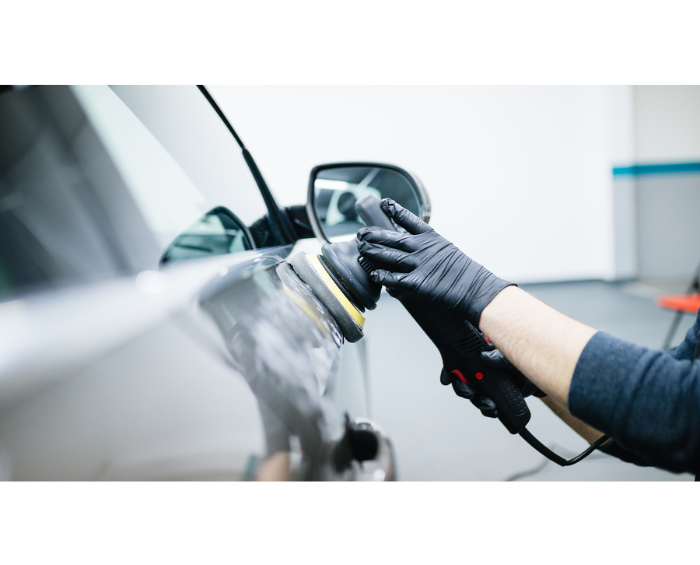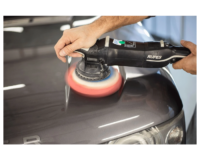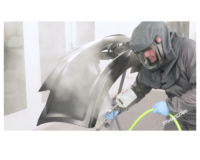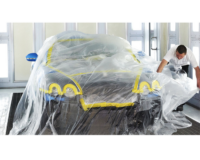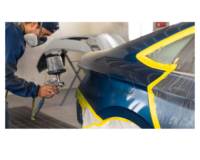The Crucial Role of Sanding in Autobody Refinishing
Sanding
When it comes to autobody refinishing, achieving a flawless, long-lasting finish is the ultimate goal. However, this goal cannot be realized without meticulous attention to one crucial step: sanding. Often overlooked, these preparatory stages are foundational to the entire refinishing process. Here’s why sanding is indispensable in autobody refinishing.
Why is it so Important?
Foundation of a Perfect Finish
Just as a house needs a solid foundation, a vehicle’s paint job requires a well-prepared surface. Sanding removes old paint, rust, and imperfections, ensuring that the new paint adheres properly. Without thorough sanding, even the highest quality paint will fail to stick effectively, leading to peeling and uneven textures.
Smoothing Out Imperfections
Over time, vehicles accumulate scratches, dents, and other surface irregularities. Sanding smooths out these imperfections, creating an even surface. This is essential not just for aesthetics but also for the paint job’s longevity. A smooth surface ensures the paint layers are applied uniformly, preventing premature wear and tear.

Enhancing Paint Adhesion
Surface preparation involves cleaning, sanding, and sometimes applying a primer. This multi-step process enhances paint adhesion significantly. Proper adhesion is critical for the paint to withstand environmental factors such as UV rays, moisture, and temperature fluctuations. The paint can bubble, chip, or fade prematurely without proper prep.
Removing Contaminants
Contaminants like grease, dirt, and wax can interfere with the paint’s ability to bond to the vehicle’s surface. Sanding and surface prep thoroughly clean the surface, removing all contaminants. This step is crucial for achieving a professional, high-quality finish that can endure the test of time.
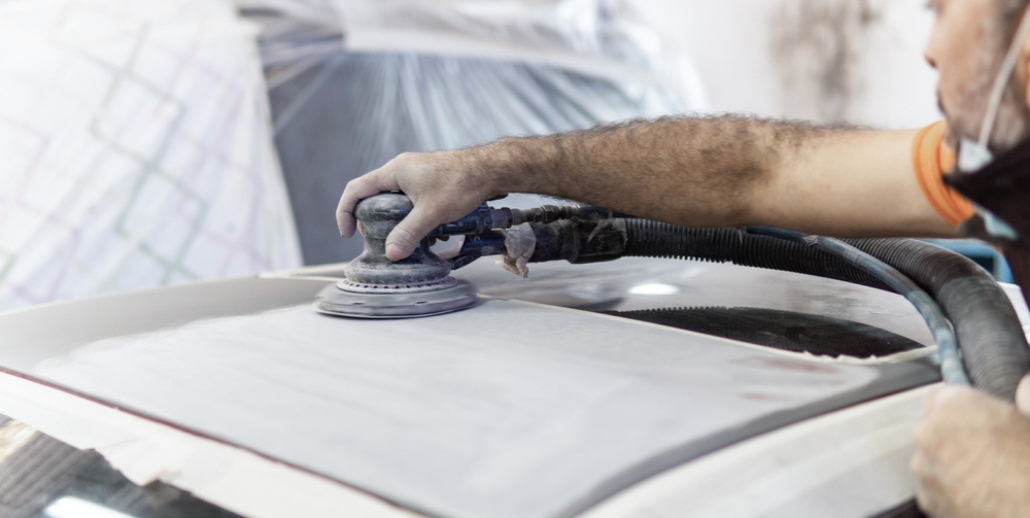
Creating a Surface for Primer
Before applying the topcoat, a primer is often used to create a stable base. Sanding ensures that the primer adheres properly and fills in any minor imperfections that sanding might have missed. This step helps to achieve a smooth, even topcoat application, enhancing the final appearance and durability of the paint job.

Improving Final Appearance
The final appearance of a paint job is heavily influenced by the quality of surface preparation. Any shortcuts taken during this stage will be evident in the final result. Proper sanding ensures a glossy, professional finish free of blemishes and defects, significantly enhancing the vehicle’s overall aesthetic.

Cost Efficiency in the Long Run
Investing time and effort in proper sanding can save money in the long run. A well-prepped surface leads to a paint job that lasts longer and requires less maintenance. This reduces the likelihood of needing costly repairs or repaints in the future.
Tips for Effective Sanding
- Use the Right Tools: Invest in high-quality sanding tools and materials to ensure effective and efficient surface preparation.
- Follow a Systematic Approach: Sand in a consistent direction and follow a systematic approach to cover the entire surface evenly.
- Clean Thoroughly: Always clean the surface thoroughly before and after to remove dust and contaminants.
- Use Proper Safety Gear: Protect yourself from dust and chemicals by wearing appropriate safety gear, including masks and gloves.
- Check for Imperfections: After sanding, inspect the surface for any remaining imperfections and address them before moving on to the next step.

